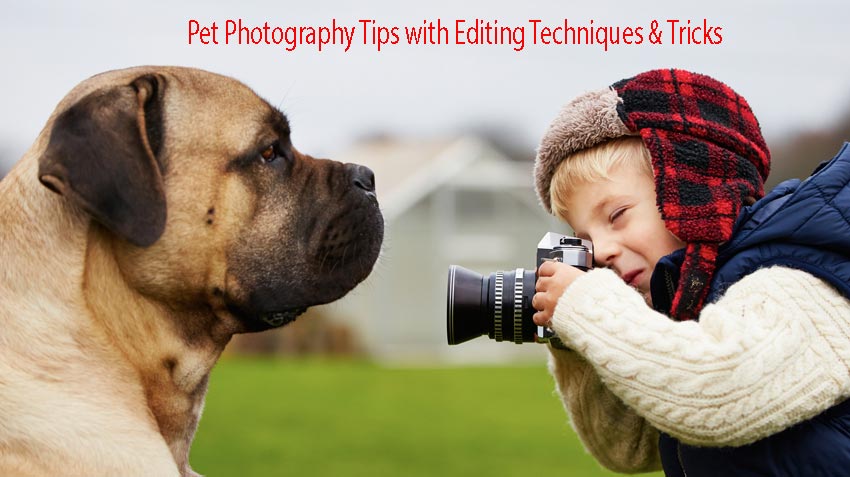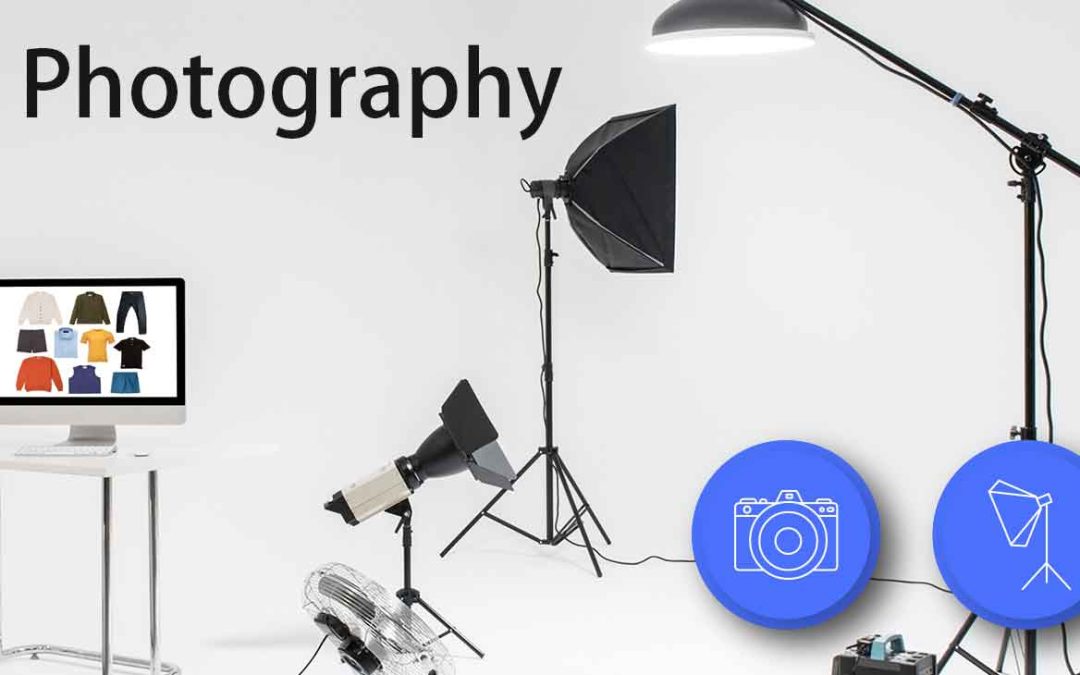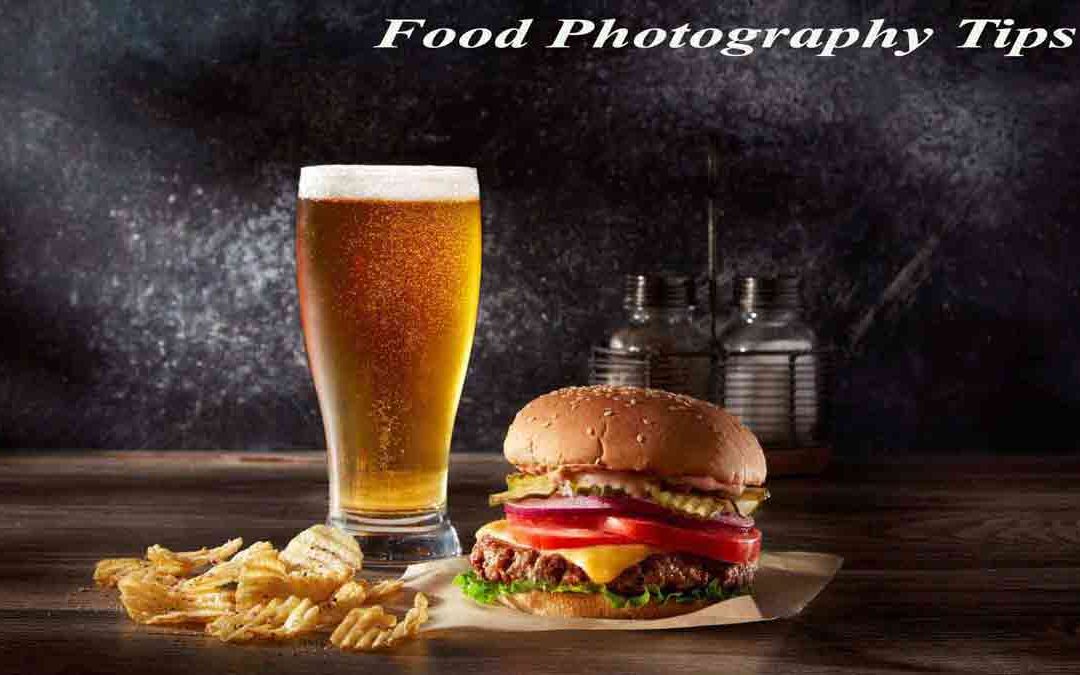
How to Edit Gifs in Photoshop with 9 Steps
In the dynamic global of virtual content material, GIFs are key to sending a message, adding humor, or genuinely enhancing the visible attraction of your online presence. As an organization’s first photo designers, Silopath knows the importance of creating engaging and interesting GIFs. In this complete guide, we’ll stroll you through how to edit GIF within the simplest way in photoshop, making sure that you can effectively raise your visible content material game. It’s not a huge deal to edit a gif in photoshop. So let’s get started.

Step 1: Choose the Right Version of Photoshop
Before diving into GIF enhancing, make sure you have got Adobe Photoshop mounted for your device. Because it’s mandatory for photoshop gif edit. While diverse variations are to be had, it’s advocated to apply the modern day model to get admission to the maximum advanced capabilities and top-rated performance.
Step 2: Open Your GIF in Photoshop
Launch Photoshop and open your GIF record by means of going in your GIF vicinity and choosing “File” > “Open”. Once opened, you’ll observe that Photoshop treats each frame of the GIF as a separate layer.
Step 3: Access the Timeline Panel
Go to “Window” > “Timeline” and go to the Timeline panel. This screen is vital for GIF editing, as it allows you to edit character frames and manipulate the animation of your GIF.
Step 4: Make Basic Photoshop Edits
Now that your GIF is loaded, you may make fundamental modifications like cropping, resizing, or adjusting brights and evaluation. Select the unique body you want to edit from the timeline and use the editing tools in Photoshop to make the preferred adjustments.
Step 5: Add Filters and Effects
Increase the visual appeal of your GIF with the aid of using filters and consequences. Photoshop offers an extensive variety of filters and effects that could flip your GIFs into compelling visual masterpieces. Experiment with exclusive techniques to peer how correct your GIF will appear.
Step 6: Incorporate Text and Graphics
Consider including text or pictures to make your GIF more informative or personal. Photoshop affords easy tools for adding textual content layers, shapes, and different factors to anybody. This is a notable manner to emblem your content or supply a particular message through your GIF.
Step 7: Adjust Timing and Duration
Fine tune the timing and period of everybody to govern the speed of your GIF. The Timeline pane lets you set character times for every body, ensuring an easy and seamless animation.

Step 8: Preview Your GIF
Before finalizing the edit, use the “Play” button inside the Timeline pane to view your GIF. This will provide you with a real-time view of ways your changes are translating to animation. Make any essential modifications to obtain the preferred impact.
Step 9: Save and Export
Once you’re glad with your edits, it’s time to keep and export your edited GIF. Go to “File” > “Export” > “Save for Web (Legacy),” select the favored settings, and click “Save.” Ensure that the document format is set to GIF to maintain the animation.

How silopath help you to Edit GIF
Editing a gif in photoshop isn’t a complex process, however you need lots of exercise to do that perfectly. Silopath, being a reputable photo editing business enterprise, offers a number of gear and offerings to assist you in modifying GIFs successfully. Here’s how Silopath can be instrumental in enhancing your GIF.
Professional Expertise:
Silopath employs a team of professional and experienced picture editors who’re nicely-versed in the nuances of edit gif photoshop. Their know-how guarantees that your GIFs are edited to the highest popular, meeting your unique necessities.
Advanced Software:
As a leading image enhancing organization, Silopath utilizes advanced software, which includes Adobe Photoshop, Adobe Lightroom and lots of greater. This guarantees that your GIFs are edited using modern gear and functions, taking into account extra complex and complicated edits.

Customization Options:
Silopath is familiar with that each GIF is particular and might require specific edits. The business enterprise gives a number of customization options, allowing you to tailor your GIFs in step with your logo identity, messaging, or creative imaginative and prescient.
Efficient Workflow:
With Silopath’s streamlined workflow, the gif edit in photoshop method becomes efficient and time-saving. The organization employs first-rate practices to ensure that edits are made right away without compromising first-rate.
Quality Assurance:
Silopath is committed to handing over amazing edited content. The enterprise implements rigorous quality warranty measures to guarantee that your GIFs meet industry standards and exceed your expectations.

Creative Input:
The photograph editing group at Silopath can provide valuable innovative centers to enhance your GIFs. Whether it’s suggesting innovative consequences, recommending image elements, or advising on text placement, their creative expertise provides an additional layer of professionalism in your lively content.
Technical Support:
If you come upon any technical demanding situations or have questions regarding GIF modifying, Silopath gives dependable customer service. The organization’s crew can help you with troubleshooting, supplying guidance, and ensuring a smooth enhancing system.
File Optimization:
Silopath optimizes your GIF documents to ensure they are as it should be sized for on-line use without compromising satisfaction. This is important for faster loading instances on websites and social media platforms.
Consistent Branding:
Silopath is familiar with the importance of preserving a consistent emblem photograph. The corporation can include your logo colors, logos, and other visual elements seamlessly into your GIFs, ensuring they align with your universal branding method.
Timely Delivery:
Silopath values your time and strives to deliver edited GIFs within agreed-upon timelines. This reliability is in particular beneficial for initiatives with time-touchy necessities.

Silopath’s complete approach to gif edit photoshop combines technical knowledge, innovative input, and green workflow, ensuring that your animated content material sticks out within the digital panorama. Whether you’re a commercial enterprise looking to beautify your marketing substances or a character aiming to create fascinating GIFs, Silopath gives the professional assistance needed to carry your imaginative and prescient lifestyles.
Last Words
Editing GIFs in Photoshop doesn’t need to be a frightening assignment. With these easy steps, Silopath empowers you to unharness your creativity and raise your visible content material.

Experiment with different editing strategies, and watch as your Photoshop edit animated gif comes to be effective tools for verbal exchange and engagement within the virtual panorama.











































Recent Comments